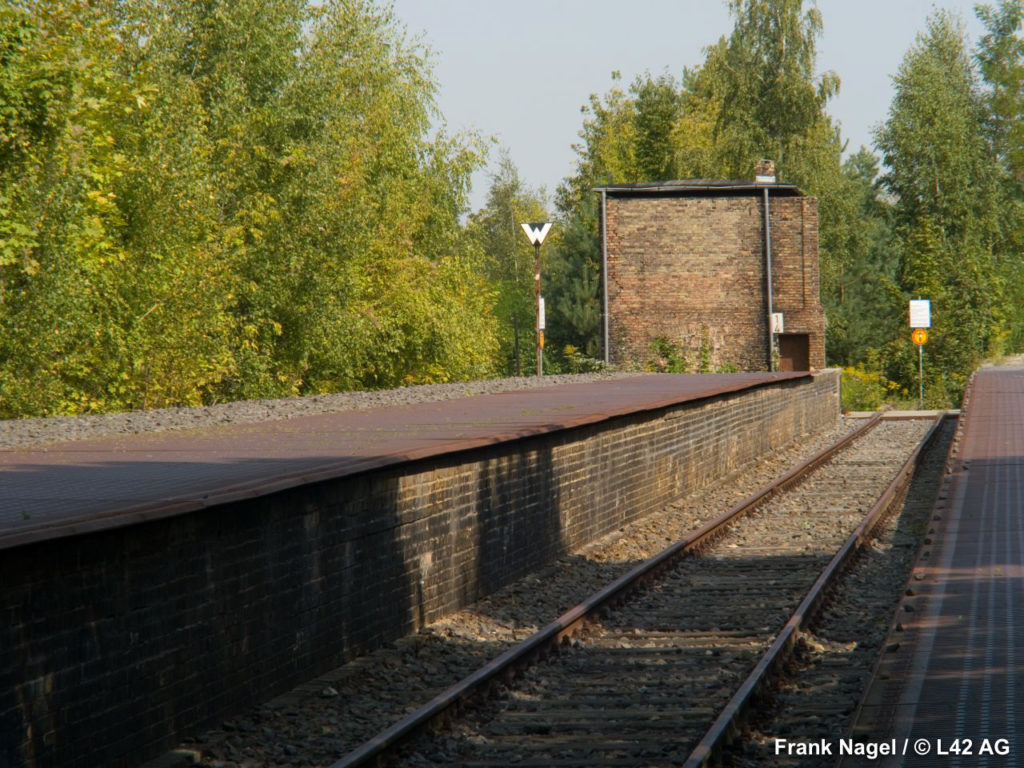
From Hauptbahnhof we can take the S7 toward Wannsee. The line travels quite a ways aboveground through the center of the city and offers some priceless views.
At Bellevue there is a beautiful iron bridge over the Spree and then at Tiergarten your eyes can get lost on the immense Street of 17th of June with its Siegessäule – the column topped by the gilded statue of victory – and behind it the Brandenburg Gate sprouting dozens of cranes, which are working on Unter den Linden. From that station at Tiergarten, however, you can also see the other stretch of the Street of 17th June that runs to Ernst Reuter Platz and the TU or Technische Universität, which is full of high-rises and office buildings. We could be tempted to get off here, but no, we are headed for Grunewald.
After Tiergarten you pass along the lower lock of the Landwehrkanal and arrive at the old Zoologischer Garten station, the former central station of West Berlin.
We can choose to travel to the end of the line in order to visit the Berliners’ favorite lake, or we could get off at Nikolassee in order to take a dip with the masses, or, as planned, we could stop at Grunewald to take a walk in the woods and to visit the singular monument dedicated to the memory of those Jewish citizens who were deported to the concentration camps.
Between Zoo Garten and Savignyplatz there are a lot of murals. At Savignyplatz station there are even thoughts and poems, which probably escaped from the numerous bookshops around the square. The thought before our window today tells us that a tree carries the signs of time within its rings, which is an expression of its very life, just like the lines of a face.
The train begins to move again towards Charlottenburg. We are now deep in the West. The buildings have been built in so many different styles, and yet they somehow seem to appear homogenous. The old, consolidated West.
Before arriving at Westkreuz, there’s a fork in the road so to speak. We’ll continue on to the right, but the other direction disappears off into the woods. Westkreuz is an important meeting point (snood), and it knows how to maintain the sober air of a suburban station. Above us there’s the Ring tunnel, and to the sides there are multiple other tracks and the highway, but the green of the foliage manages to make everything a little less dramatic. Now it seems like we are finally leaving the city behind. The landscape becomes more forest-like, open, green, and suddenly we are at Grunewald.

There are many tracks here, but we’ve come to visit one in particular. Among the many monuments to the Holocaust this is one of the most evocative. On one of these many tracks, Track 17, the dates, destinations, and numbers of the deported from every train that departed this station between October 29, 1942, and March 27, 1945, have been engraved into the iron plates next to the rails. When you stop to read it all, you will count almost two hundred trains, which were directed to Theresienstadt, Auschwitz, Riga, Ravensbrück, Minsk, Kovno, Warsaw…
Translated by Alexander Booth

